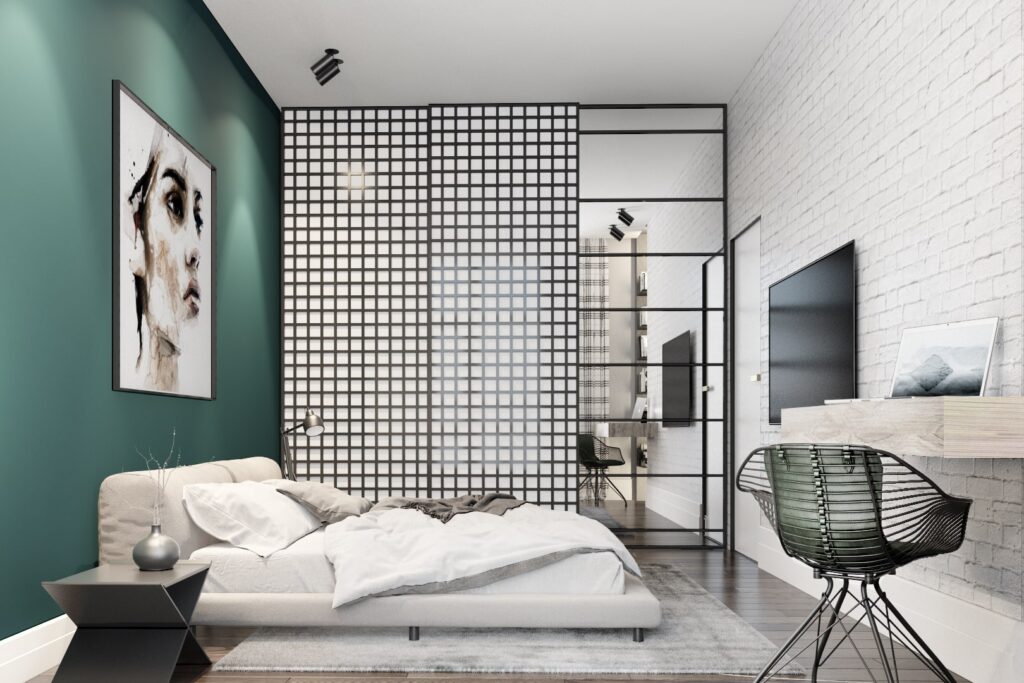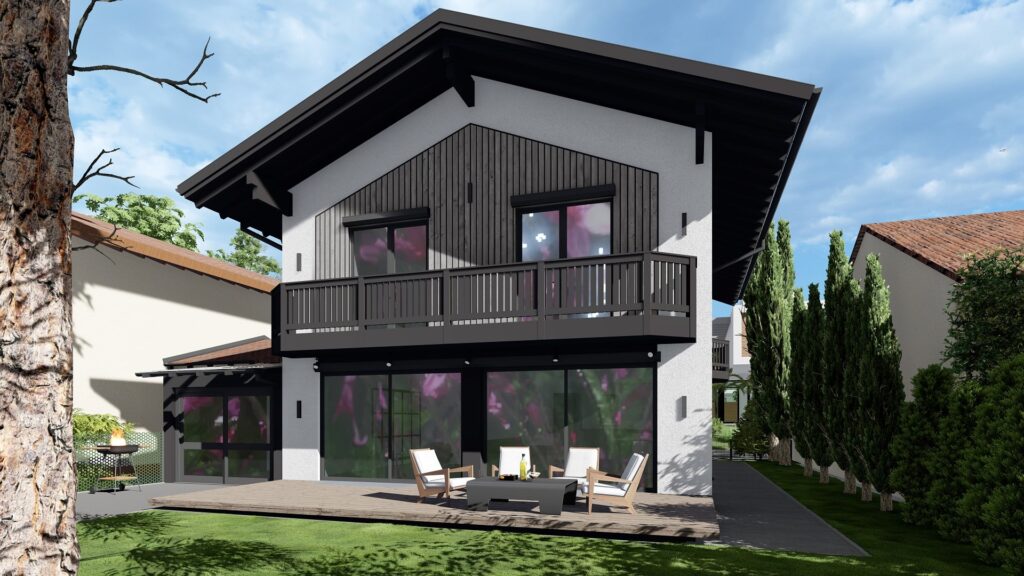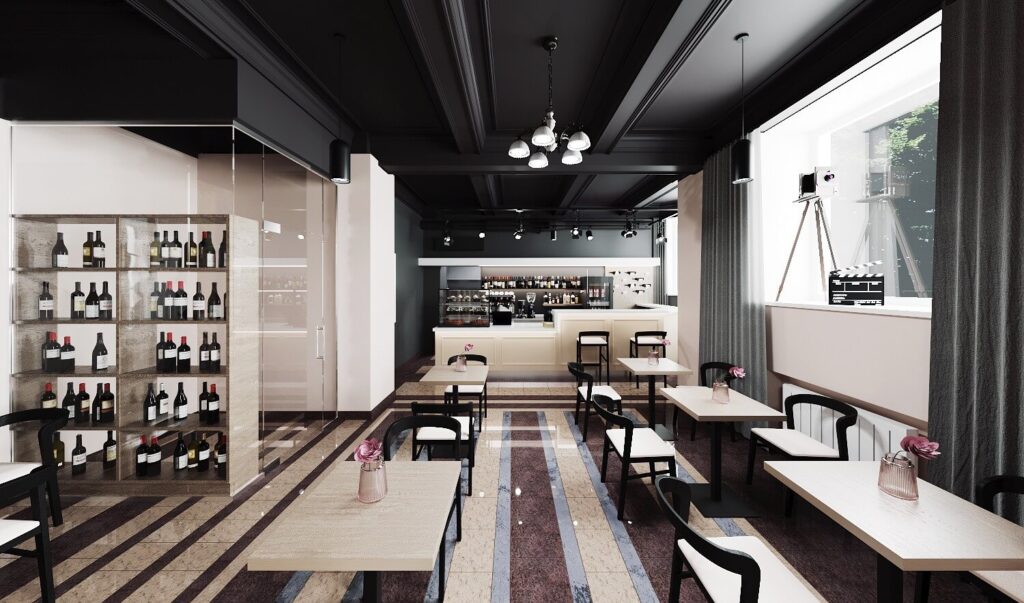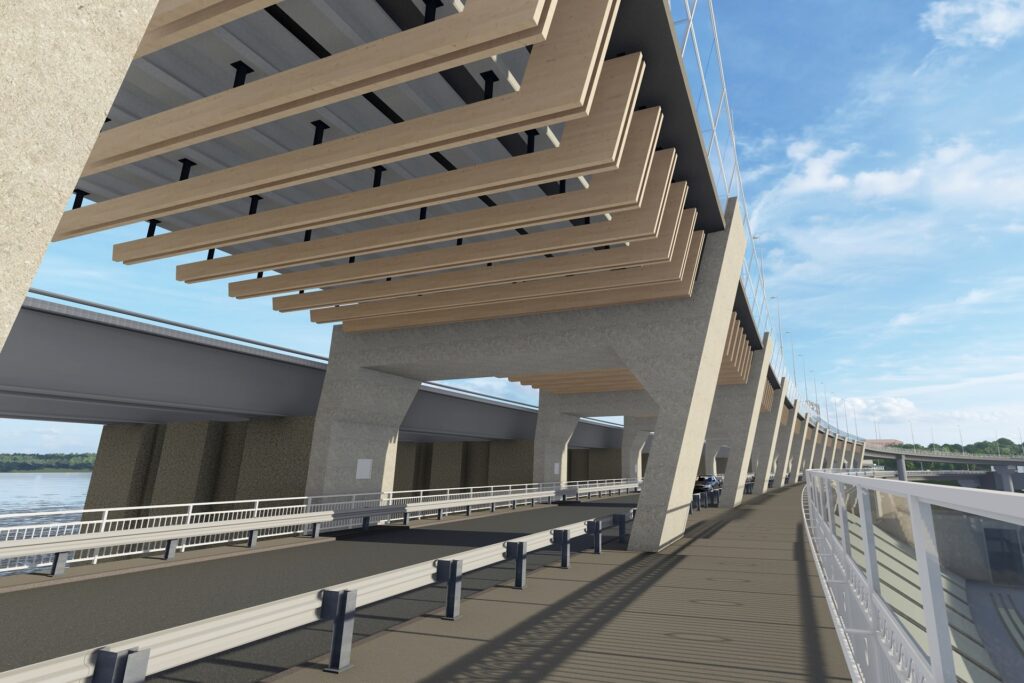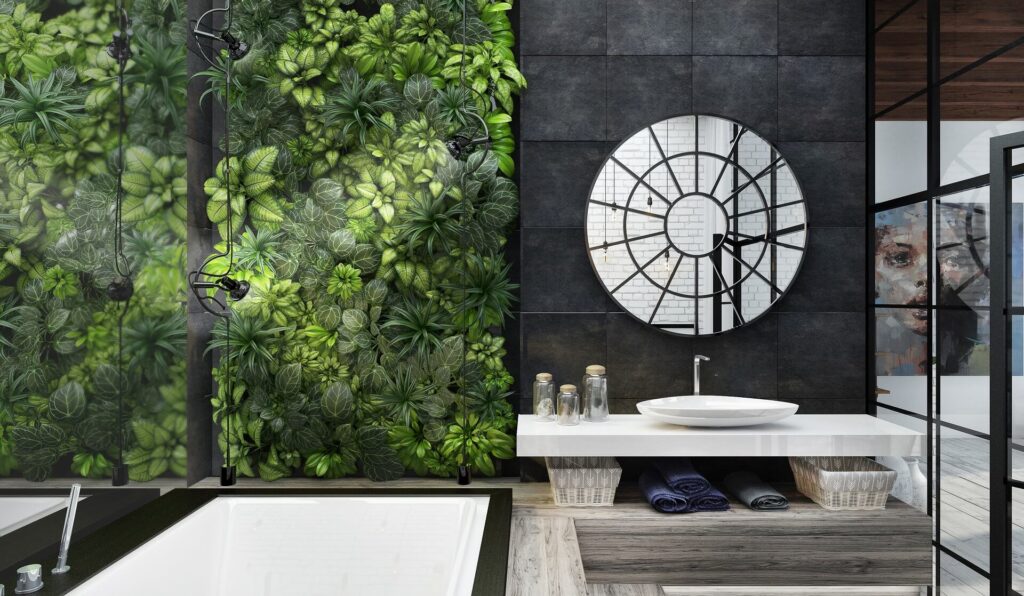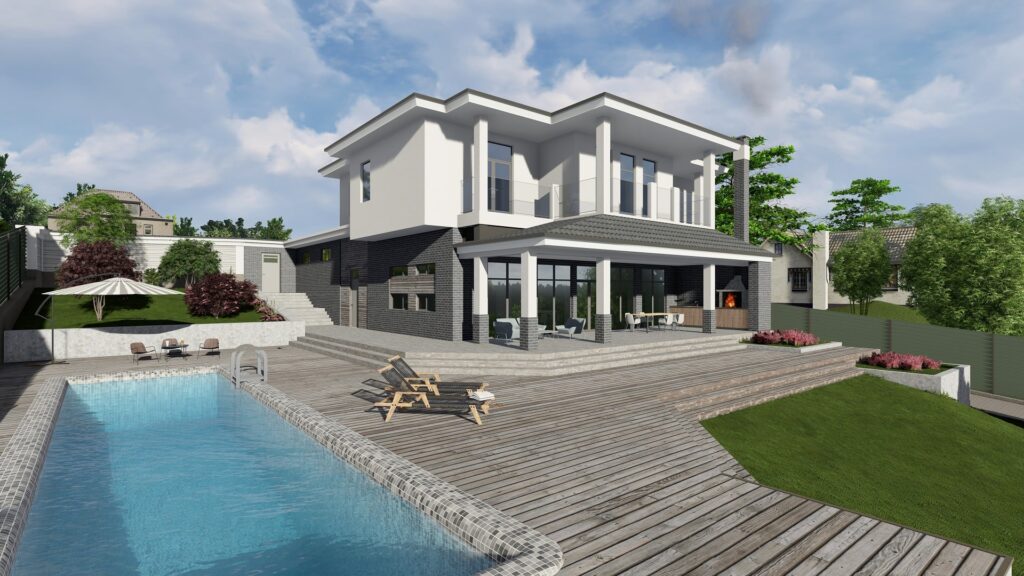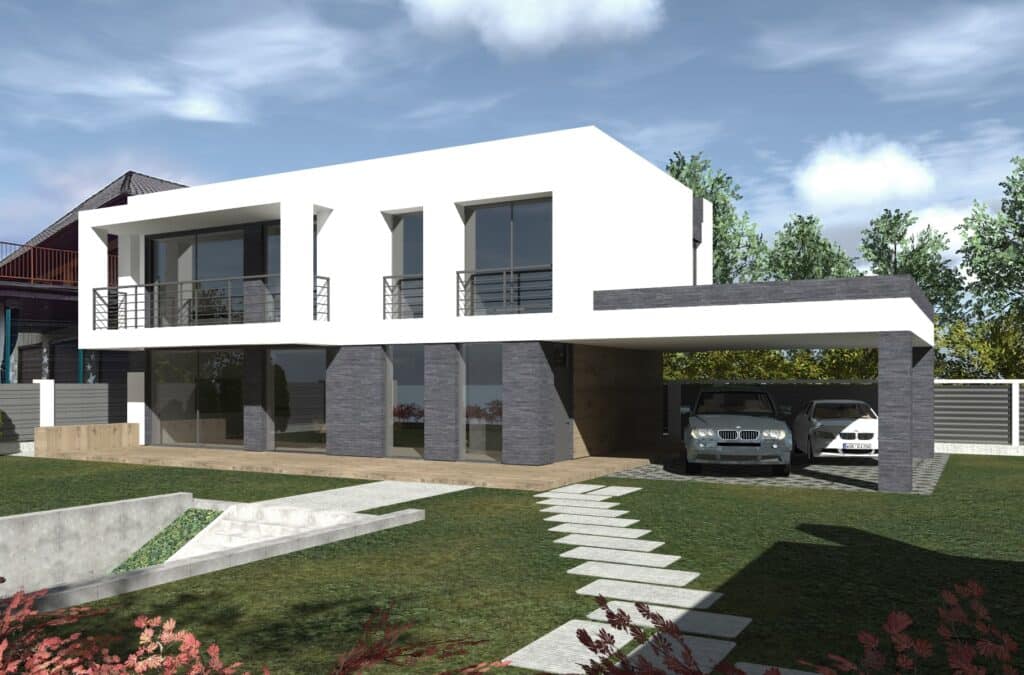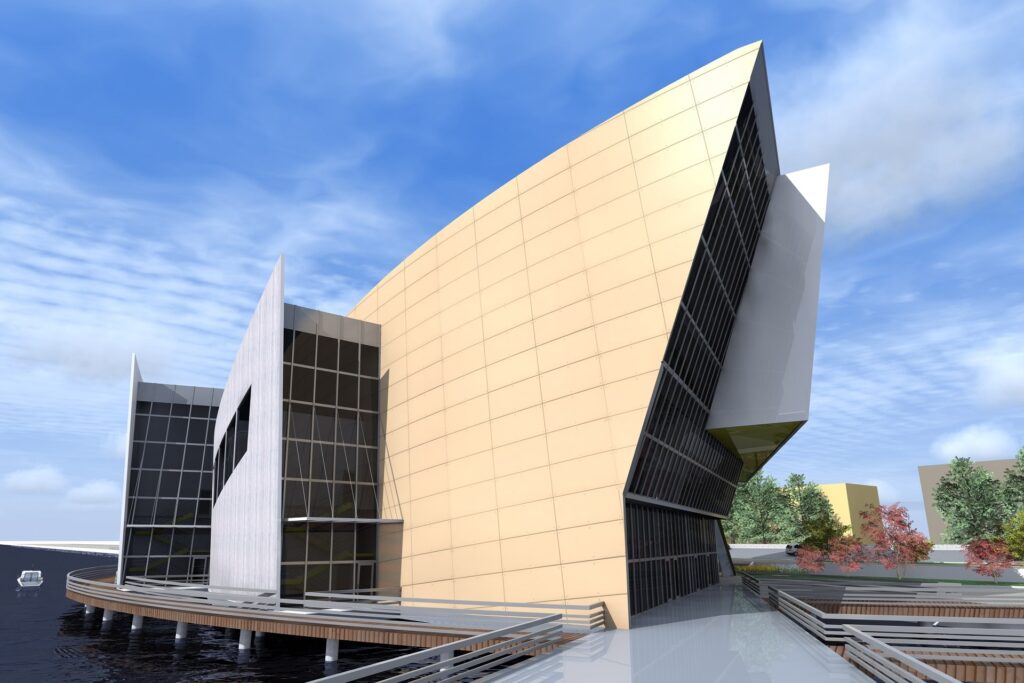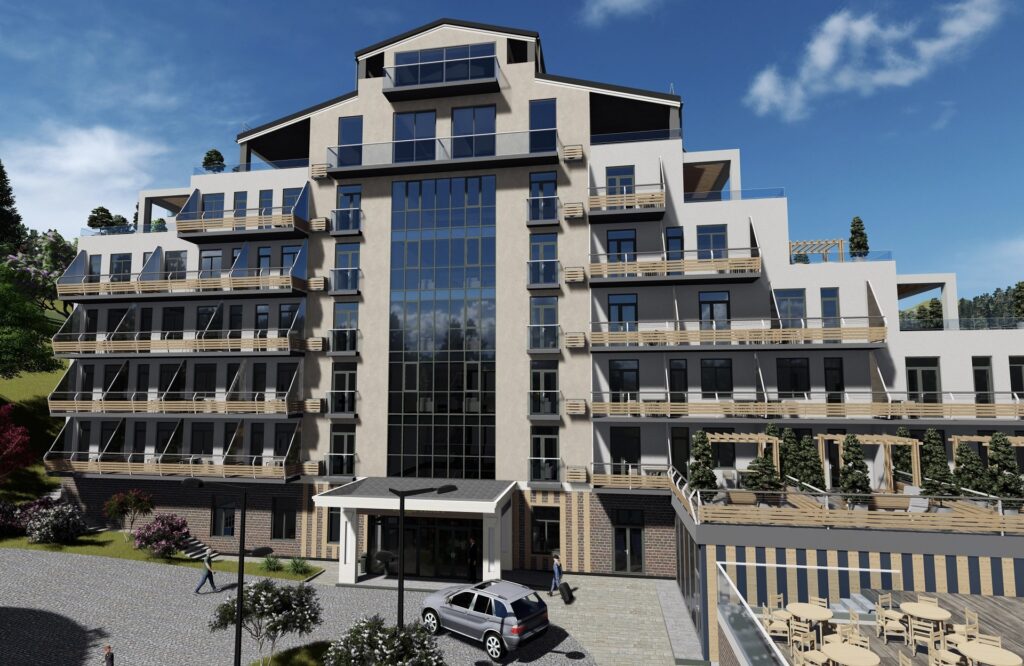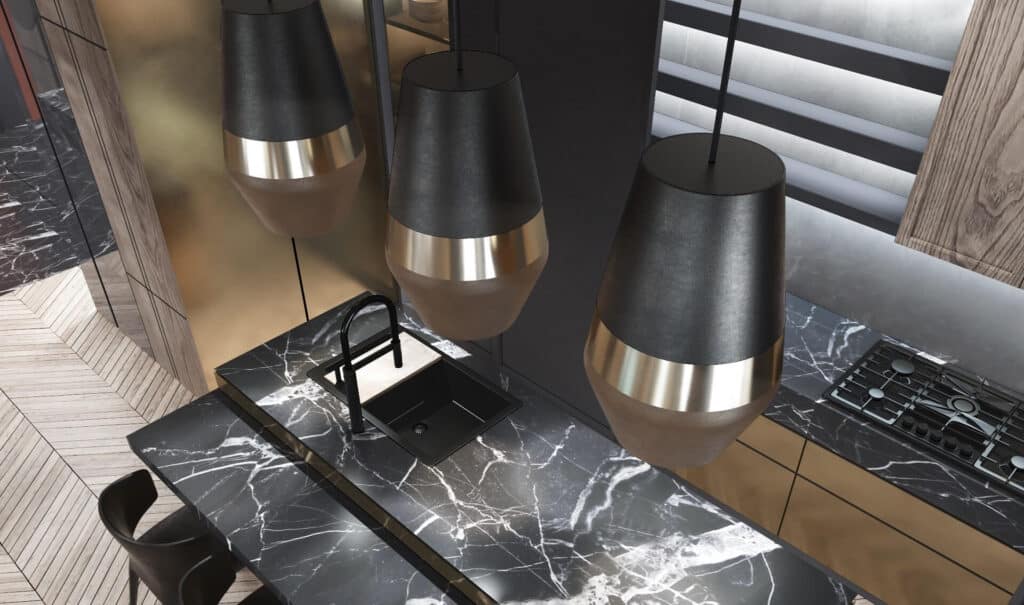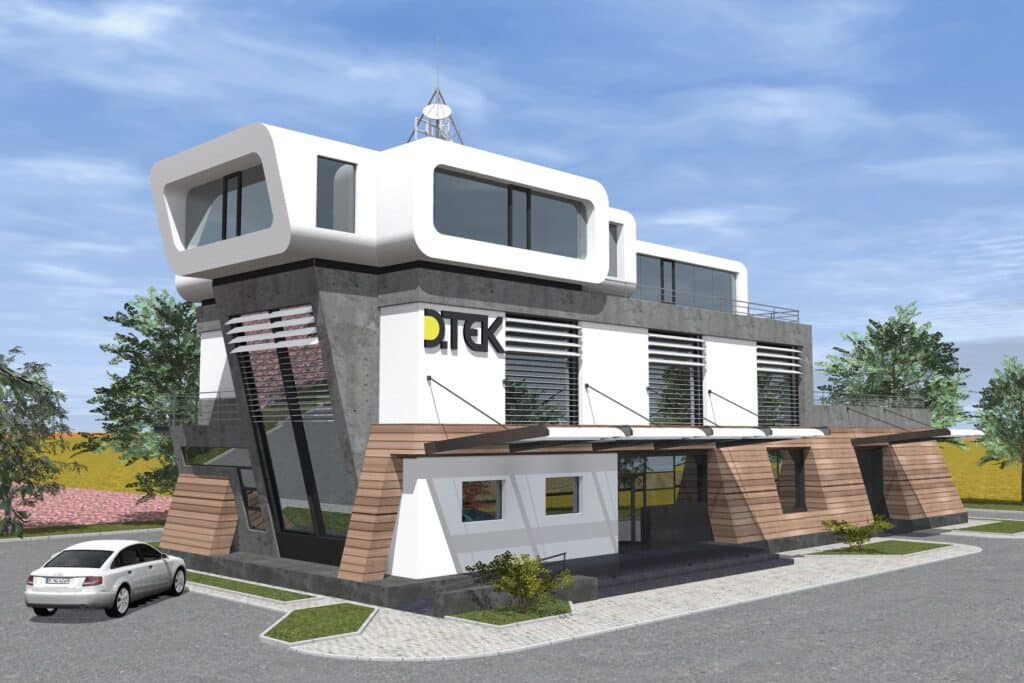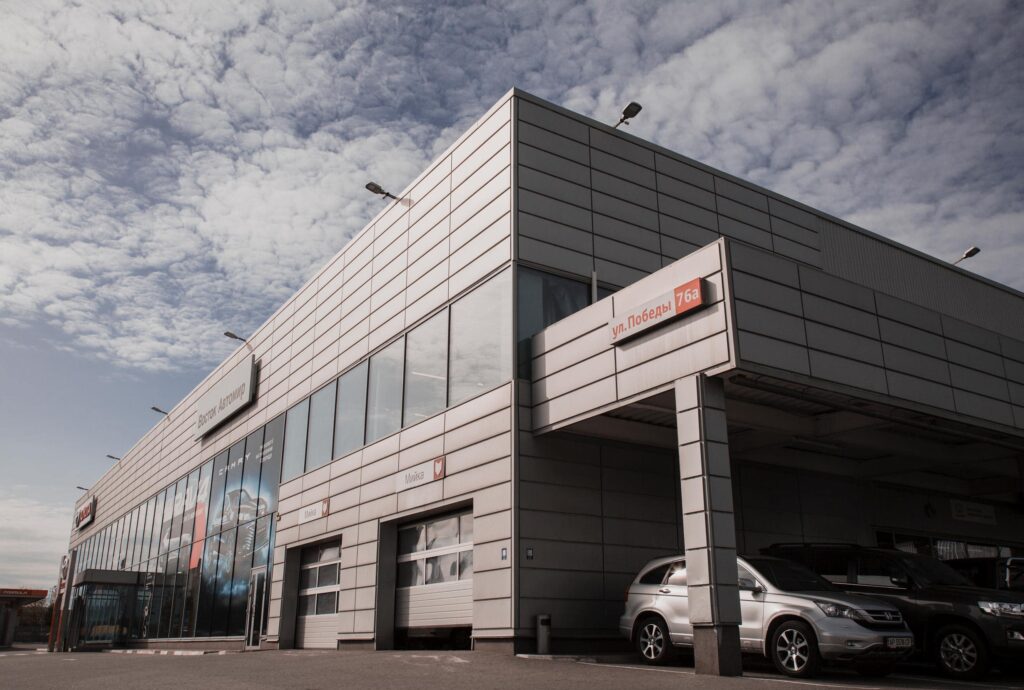The Role of Biophilic Design in Creating Cozy and Healthy Spaces
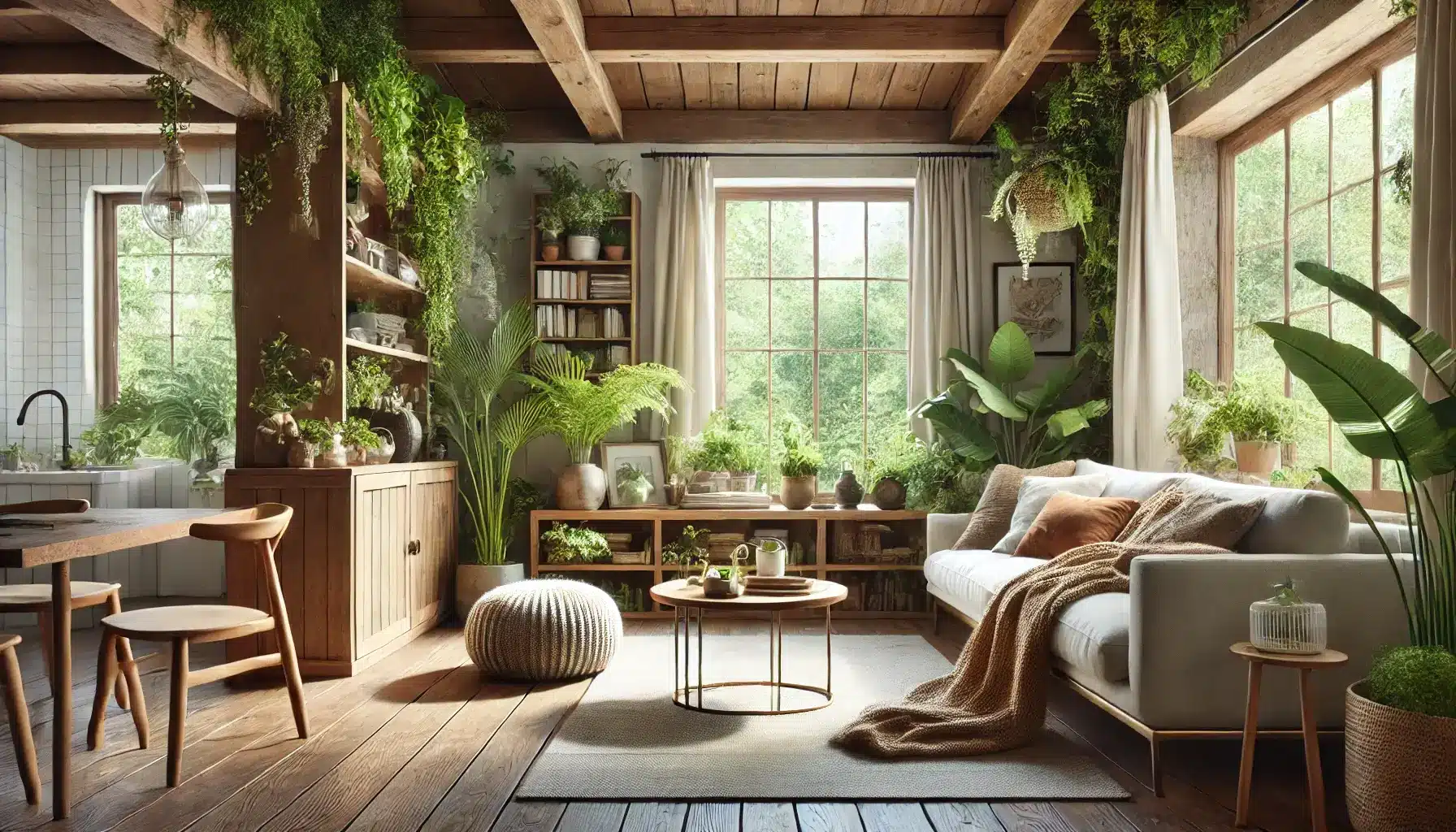
Introduction to Biophilic Design 🌿
Biophilic design is a revolutionary approach that integrates nature into the built environment. By connecting architecture and interior design with nature, it enhances both the aesthetic appeal and functionality of a space. The concept is rooted in the idea that humans have an innate connection to nature, which can be leveraged to improve psychological and physical well-being. As a designer and architect, I often find that incorporating elements of biophilic design into my projects results in spaces that are not only beautiful but also promote health and comfort.
The Origins of Biophilic Design
Biophilic design draws inspiration from the biophilia hypothesis, which suggests that humans possess an inherent affinity for the natural world. This theory, popularized by biologist E.O. Wilson in the 1980s, posits that this connection is fundamental to our development and well-being. By integrating elements such as natural light, greenery, and organic materials, biophilic design aims to create environments that foster a deeper connection with nature.
Core Principles of Biophilic Design
The fundamental principles of biophilic design include connectivity, natural light, and organic materials. By focusing on these elements, designers can create spaces that not only look inviting but also feel intuitively comfortable. Connectivity involves establishing a seamless transition between indoor and outdoor spaces, often achieved through large windows, open layouts, and natural materials. Natural light is maximized to enhance mood and energy levels, while organic materials like wood and stone introduce texture and warmth.
Benefits of Biophilic Design
Biophilic design offers a range of benefits, from improved mental health to increased productivity. Studies have shown that exposure to natural elements can reduce stress, improve mood, and boost creativity. In workplaces, this translates to higher employee satisfaction and productivity levels. In residential settings, biophilic design creates a sanctuary where inhabitants can relax, recharge, and enjoy a sense of tranquility.
Creating Cozy Spaces with Natural Elements 🌻
Incorporating natural elements into design is a cornerstone of creating cozy and inviting spaces. By utilizing materials and motifs inspired by nature, a space can be transformed into a haven of warmth and comfort. This approach not only enhances the aesthetic appeal but also taps into our innate desire for connection with the natural world.
Use of Natural Materials
Using natural materials such as wood, stone, and clay can bring an earthy warmth to any space. These materials have unique textures and colors that create a sense of authenticity and organic beauty. For instance, a wooden accent wall or a stone fireplace can serve as a focal point, adding depth and character to a room.
Incorporating Plant Life
Plants are a simple yet effective way to introduce nature into a space. Whether through potted plants, living walls, or indoor gardens, greenery adds vibrancy and vitality. Plants improve air quality, reduce noise levels, and offer psychological benefits such as reduced stress and enhanced creativity. As a designer, I often use plants to create focal points or to soften the lines of a room, making it feel more inviting.
Designing with Natural Light
Harnessing natural light is another critical aspect of biophilic design. Large windows, skylights, and open floor plans allow for maximum sunlight penetration, creating a bright and uplifting atmosphere. Natural light not only enhances the aesthetic quality of a space but also supports the body’s circadian rhythms, leading to improved sleep and overall health.
Enhancing Well-Being Through Design 🏆
Biophilic design fundamentally enhances well-being by creating environments that support physical and mental health. By aligning design elements with natural systems, we can craft spaces that nurture the human spirit and promote holistic well-being.
Stress Reduction and Mental Clarity
Natural elements have been shown to reduce stress and enhance mental clarity. For example, views of nature or the presence of water features can lower blood pressure and heart rate, inducing a calming effect. In my practice, I often integrate such elements into both residential and commercial spaces to create environments conducive to relaxation and focus.
Promoting Physical Health
Biophilic design also supports physical health by improving air quality and fostering active lifestyles. Features such as green walls and indoor plants naturally filter air pollutants, creating a healthier indoor environment. Additionally, designs that encourage movement—like open staircases and accessible outdoor areas—promote physical activity and well-being.
Fostering Community and Connection
Spaces designed with biophilic principles often encourage community interaction and connection. Natural gathering spaces, like gardens or courtyards, invite socialization and collaboration. These environments not only enhance social well-being but also foster a sense of belonging and shared purpose.
Methodologies in Biophilic Design Implementation 🎨
To successfully incorporate biophilic design, a strategic approach is essential. This involves a thorough understanding of the site’s unique characteristics, the clients’ needs, and the desired outcomes. As an architect, my methodology is guided by a commitment to authenticity, sustainability, and innovation.
Site Analysis and Contextual Integration
The first step in implementing biophilic design is a comprehensive site analysis. Understanding the environmental, cultural, and historical context is crucial in creating a design that resonates with its surroundings. This involves assessing natural features, climate conditions, and existing vegetation to inform design decisions.
Client Collaboration and Personalization
Engaging clients in the design process ensures that their personal preferences and lifestyle needs are reflected in the final product. By collaborating closely with clients, I can tailor design elements to create spaces that are not only aesthetically pleasing but also deeply meaningful and functional.
Sustainable Practices and Material Selection
Sustainability is at the core of biophilic design. Selecting eco-friendly materials and implementing energy-efficient systems are key considerations in my projects. This includes using locally sourced materials, incorporating renewable energy solutions, and designing for minimal environmental impact.
Transforming Urban Spaces with Biophilic Design 🌆
Urban environments present unique challenges and opportunities for biophilic design. As cities become more densely populated, integrating nature into urban spaces is increasingly important for enhancing quality of life and environmental sustainability.
Overcoming Urban Challenges
Urban areas often lack green spaces, which can negatively impact residents’ health and well-being. Biophilic design addresses this by incorporating nature into the urban fabric through green roofs, vertical gardens, and urban parks. These elements not only beautify the cityscape but also provide essential ecological and social benefits.
Creating Green Infrastructure
Green infrastructure is a key component of urban biophilic design. This includes designing systems that mimic natural processes, such as rain gardens and permeable pavements, to manage stormwater and reduce urban heat. These features enhance urban resilience and create healthier, more livable cities.
Promoting Urban Biodiversity
Incorporating biodiversity into urban design can foster a richer ecological environment. By creating habitats for local flora and fauna, biophilic design supports ecosystem health and resilience. This can involve planting native species, designing wildlife corridors, and creating pollinator-friendly gardens.
Future Perspectives in Biophilic Design Innovation 🚀
The future of biophilic design is filled with exciting possibilities. As technology advances and sustainability becomes increasingly important, new innovations are emerging that enhance the integration of nature in design.
Technological Advancements
Emerging technologies are transforming how we implement biophilic design. Smart building systems, for example, can optimize natural light and climate control, enhancing comfort and energy efficiency. Augmented reality and virtual reality tools also allow for immersive design experiences, enabling clients to visualize biophilic elements in their spaces.
Evolving Design Trends
Biophilic design trends continue to evolve, reflecting broader shifts in design and culture. The emphasis on wellness and sustainability is driving new approaches, such as biophilic urbanism and regenerative design. These trends prioritize ecological health and human well-being, shaping the future of architecture and design.
The Role of Education and Advocacy
Educating clients and the public about the benefits of biophilic design is essential for its widespread adoption. As an advocate for biophilic principles, I am committed to raising awareness and promoting practices that enhance our connection to nature. This involves sharing knowledge, collaborating with industry peers, and engaging in community initiatives.
Conclusion: Embracing Nature in Design 🌍
The integration of biophilic design principles into architecture and interior design has the power to transform our living and working environments. By embracing nature in design, we create spaces that are not only visually stunning but also nurturing and supportive of human well-being. As we look to the future, biophilic design offers a path toward more sustainable, resilient, and harmonious living spaces. Through thoughtful implementation and collaboration, we can foster a deeper connection to the natural world and enhance the quality of life for all.

